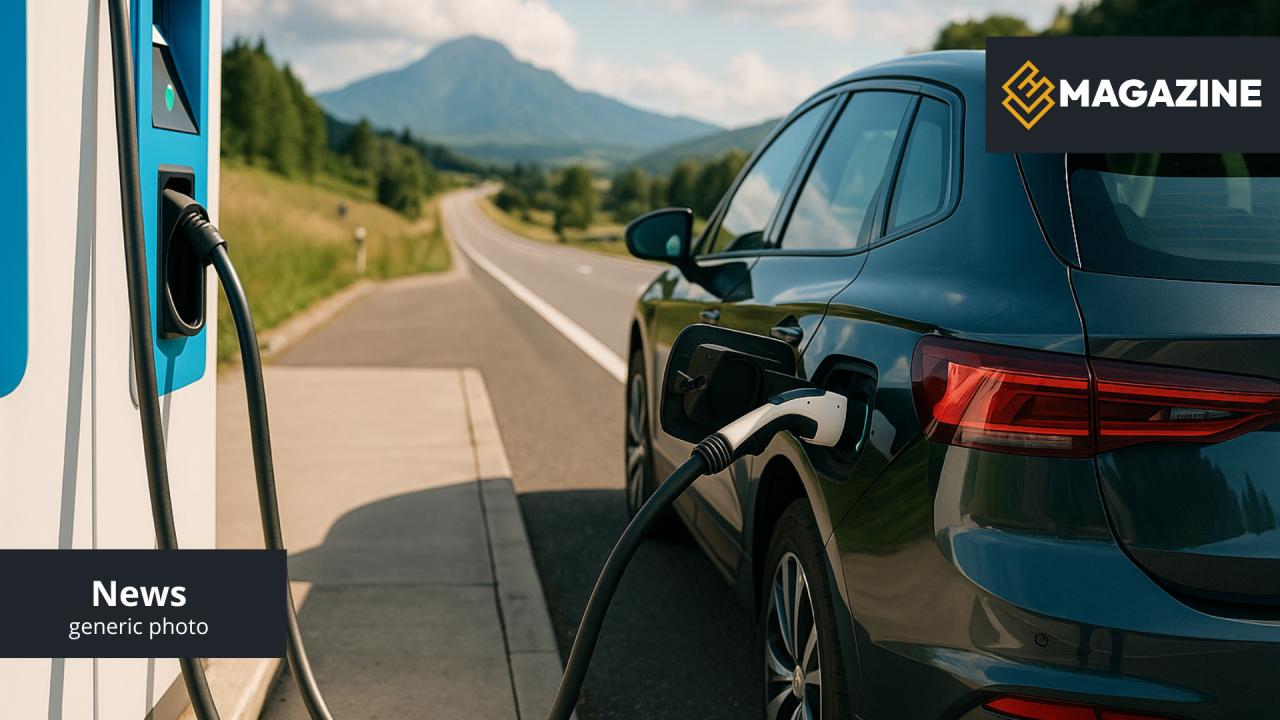EV Road Trips: Once Unthinkable, Now Seamlessly Achievable
Just a few years ago, the idea of embarking on a long journey in an electric vehicle raised eyebrows. Today, thanks to advances in battery technology, a dense network of fast chargers across Europe, and smarter infotainment systems, electric long-distance travel is not only possible but enjoyable.
Yet, to make the most of it, preparation remains key. From choosing the right route to making the most of charging breaks, EV owners who plan well can travel with confidence across borders and regions.
Smart Charging Strategy: Know Before You Go
Long trips start with smart navigation. Most modern EVs, including models from Hyundai, Tesla, and BMW, come equipped with route planning tools that account for state-of-charge, terrain, and real-time charger availability. For those without integrated systems, apps like A Better Routeplanner or PlugShare are essential tools.
Aim for DC fast chargers (50 kW and above) on highways and major routes. Many networks such as IONITY and Fastned offer 150–350 kW stations, drastically reducing downtime.
Plan your charge stops between 10–80% battery capacity—this is where charging speeds are fastest, reducing wait times considerably.
Verify your RFID cards or charging apps (like ChargePoint, Shell Recharge) are accepted in the countries you're crossing. Roaming agreements help, but not all networks are interoperable.
Real-World Efficiency: Driving Habits Matter
Your driving style has a measurable impact on range. On highways, speeds over 120 km/h can significantly drain your battery. Use cruise control, avoid harsh acceleration, and engage regenerative braking whenever possible.
Comfort and Convenience on the Road
Extra weight and roof boxes increase consumption. Travel light and aerodynamically to preserve range—every kilogram counts.
View charging stops as part of the journey. Many stations are located at service areas with cafés, restrooms, or even scenic spots. Plan breaks during charging, not after.
Use heated seats or steering wheels in winter instead of blasting the HVAC system. It’s more energy-efficient and helps preserve range.
Charging Networks: What to Expect Across Europe
Western and Central Europe now offer excellent EV infrastructure, especially along trans-European corridors. Countries like Germany, the Netherlands, and France lead in density and charger reliability. However, southern and eastern regions still require more cautious planning.
800,000+
35+
40 min
Checklist: Before You Hit the Road
Ensure your RFID cards or apps are accepted along the planned route—carry at least two network options.
If your EV supports battery preconditioning, enable it en route to fast chargers for optimal charging speeds.
Have a backup plan—download offline maps in case of connectivity issues, especially in rural zones.
Pack a Type 2 cable and portable EVSE just in case you need to use a hotel or household socket in emergencies.

